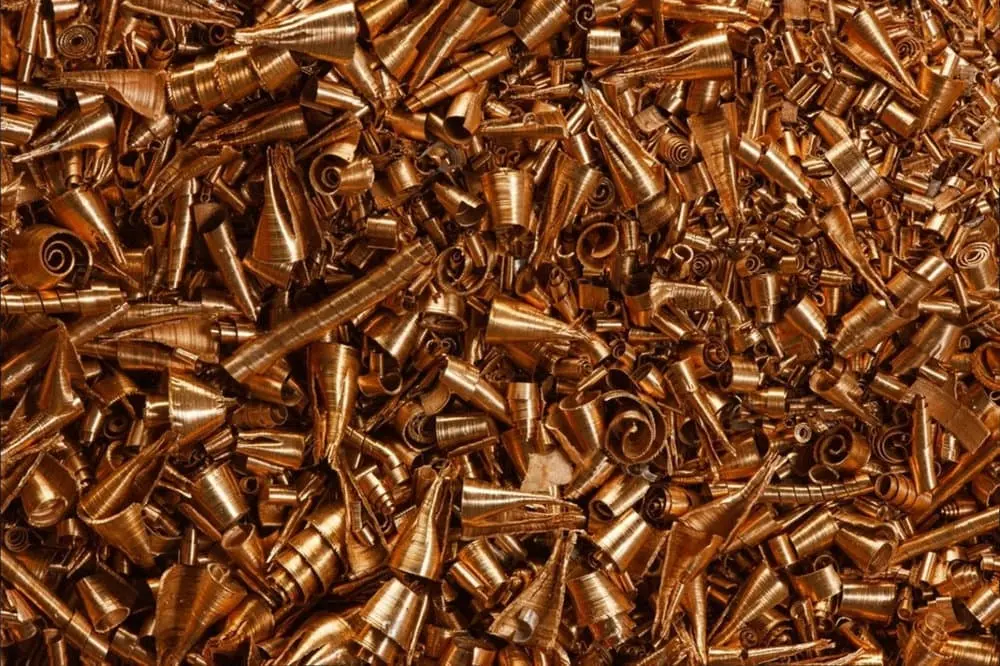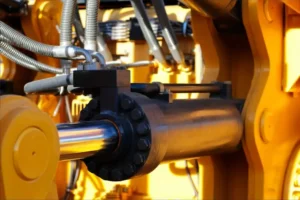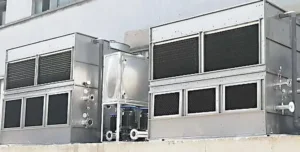
عندما يتعلق الأمر بالعمل مع المعادن, يتميز النحاس بتعدد استخداماته وجماله. Whether you’re a seasoned metalworker or just starting, melting brass requires a specialized furnace. This guide will walk you through everything you need to know about brass melting furnaces, from understanding their importance to selecting the right one for your needs.
Understanding Brass Melting: Why a Specialized Furnace Matters
Brass is an alloy of copper and zinc, known for its malleability and corrosion resistance.
To achieve the right melting point (typically around 900-940°C or 1650-1720°F), a specialized furnace is essential.
Unlike other metals, brass requires precise temperature control to prevent the loss of zinc due to evaporation, which can alter the alloy’s composition.
A brass melting furnace ensures that the metal reaches the appropriate temperature evenly, allowing for a smooth casting process.
Types of Brass Melting Furnaces: Which One is Right for You?
Choosing the right furnace depends on your specific needs and the scale of your operations. Here are the most common types of brass melting furnaces:
- أفران الحث: These are energy-efficient and provide precise temperature control, making them ideal for both small-scale and industrial applications.
- Crucible Furnaces: Often used by hobbyists, these furnaces are more affordable and versatile, allowing you to melt various metals, including brass, in small batches.
- قوس كهربائي الأفران: Best suited for large-scale operations, these furnaces can melt significant quantities of brass quickly but require more maintenance and higher operational costs.
- Gas-Fired Furnaces: These are more traditional and offer a robust solution for medium to large-scale brass melting. They are less expensive to operate than electric furnaces but require careful monitoring of gas levels.
Step-by-Step Guide to Melting Brass: Tips for Beginners
If you’re new to brass melting, the process might seem daunting. Here’s a simple step-by-step guide to get you started:
- Prepare Your Furnace: Ensure your furnace is clean and free of any residue from previous melts. Preheat your crucible if you’re using one.
- Select and Prepare Your Brass: Use clean brass scrap, as impurities can affect the quality of your melt. Avoid using brass with coatings or plating.
- Melt the Brass: Load the brass into the furnace. Gradually increase the temperature to avoid shocking the metal, and monitor the temperature closely to ensure it stays within the optimal range.
- Pour the Molten Brass: Once the brass is fully melted, carefully pour it into your prepared molds. Wear protective gear to avoid burns or injuries.
- Cool and Finish: Allow the brass to cool and solidify before removing it from the mold. بمجرد تبريده, you can finish the piece by polishing or machining as needed.
Key Features to Look for in a Brass Melting Furnace
When investing in a brass melting furnace, there are several key features to consider:
- التحكم في درجة الحرارة: Look for a furnace that offers precise temperature control to maintain the ideal melting point for brass.
- سعة: Consider how much brass you plan to melt at once. Choose a furnace with a suitable capacity for your needs.
- كفاءة الطاقة: An energy-efficient furnace can save you money in the long run, especially if you plan to melt brass regularly.
- Durability: A furnace made from high-quality materials will last longer and withstand the high temperatures required for melting brass.
- أمان سمات: Look for built-in safety features such as automatic shut-off, overheat protection, and proper ventilation.
Safety Tips for Operating a Brass Melting Furnace
Safety is paramount when working with high temperatures and molten metals. Here are some essential safety tips:
- Wear Protective Gear: Always wear heat-resistant gloves, safety goggles, and a face shield when operating a furnace.
- Ensure Proper Ventilation: Melting brass can release fumes, so make sure your workspace is well-ventilated.
- Monitor the Furnace Continuously: Never leave a melting furnace unattended, and regularly check the temperature.
- Handle Molten Metal with Care: Use the appropriate tools to handle crucibles and molds, and avoid splashing the molten brass.
- Be Prepared for Emergencies: Have a fire extinguisher and first aid kit readily available in case of accidents.
Maintaining Your Brass Melting Furnace for Longevity
Regular maintenance is crucial to keep your brass melting furnace in good working condition. Here’s how to ensure its longevity:
- Clean the Furnace After Each Use: Remove any slag or residue to prevent contamination of future melts.
- Check for Wear and Tear: Regularly inspect the furnace’s components, such as the crucible, heating elements, والعزل, for signs of wear.
- Lubricate Moving Parts: If your furnace has mechanical parts, keep them well-lubricated to prevent friction and wear.
- Calibrate Temperature Controls: Periodically check and recalibrate the temperature controls to ensure accuracy.
- Store Properly: When not in use, store your furnace in a dry, cool place to prevent rust and corrosion.
Common Mistakes to Avoid When Using a Brass Melting Furnace
Even experienced metalworkers can make mistakes. Here are some common pitfalls to avoid:
- Overheating the Brass: Excessive heat can cause zinc to evaporate, leading to a weaker alloy.
- Using Impure Brass: Contaminants can lead to poor-quality melts, so always use clean, uncoated brass.
- Ignoring أمان Protocols: Skipping safety steps can result in serious injuries or damage to your equipment.
- Rushing the Process: Patience is key. Allow the brass to melt and cool properly to avoid defects in the final product.
- Neglecting صيانة: Regular upkeep of your furnace is essential to ensure consistent performance and safety.
Brass Casting Projects: Inspiration and Ideas
Once you’ve mastered the basics of brass melting, the possibilities for creative projects are endless. Here are some ideas to inspire you:
- Custom Brass Jewelry: Create unique rings, bracelets, and pendants with intricate designs.
- Decorative Hardware: Craft custom drawer pulls, doorknobs, or handles for furniture and cabinetry.
- Sculptures and Art: Use brass to cast small sculptures or artistic pieces that showcase your creativity.
- Musical Instruments: Brass is commonly used in making musical instruments like trumpets and saxophones; why not try your hand at crafting one?
- Functional Tools: Forge custom tools or components that are both beautiful and practical.
Brass melting opens up a world of possibilities for metalworking enthusiasts. With the right furnace and a little practice, you can create stunning pieces that stand the test of time. Whether you’re melting brass for art, مجوهرات, or functional items, understanding the process and choosing the right tools are key to success.







